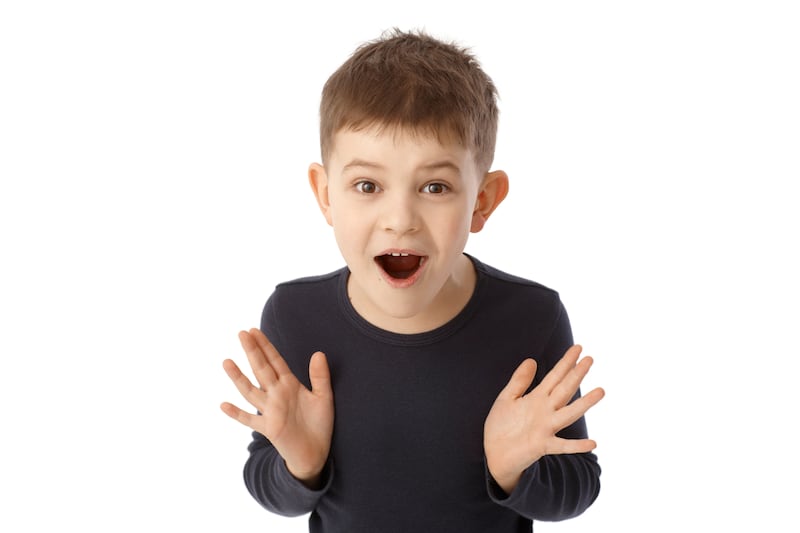The phrase “6-7″ has quickly become a staple in youth culture, particularly among teens, tweens and those active in the sports corners of TikTok. What began online has spilled into real life — echoing in school hallways, classrooms, gyms and locker rooms. For those unfamiliar, its sudden presence has raised questions: What does it mean, where did it come from and why is it everywhere?
For those that feel like this X user, here are some answers.
The origins of the 6-7 meme trace back to December 2024, when rapper Skrilla released the song “Doot Doot,” which included a reference to the number 6-7. The track began circulating on social media and was eventually paired with a clip from a sports podcast, in which a commentator discusses NBA player LaMelo Ball, remarking that he moves like he’s 6-foot-1 or 6-2 — but is 6-7. The unexpected contrast between the player’s height and the verse became a punchline and the meme began to take shape.
The trend didn’t truly take off until a video surfaced of a young boy at an AAU basketball game, performing an alternating up-down hand gesture while saying the numbers six and seven. The moment was brief, but the clip quickly spread online and the boy was dubbed the “6-7 meme kid,” and the gesture took on a life of its own.
The trend exploded from there.
It has logged millions of videos and memes across the internet, with 2.1 million posts on TikTok tagged with #67, and major organizations, including the Charlotte Hornets, have leaned into the meme. One TikTok from the team, featuring a clip of Ball, had the caption: “from 6 7 himself.”
Professional and college athletes — as well as coaches — have embraced the trend, making references in postgame interviews, posting on TikTok and even using it as a touchdown celebration, like Detroit Lions wide receiver Amon-Ra St. Brown.
The hand motion has become a form of visual slang. It conveys confidence, surprise or respect, often used in reaction to an unexpectedly elite performance. In school hallways, students have begun using it as a kind of inside joke, referencing it in passing in the hall, on the playground and especially in the classroom.

